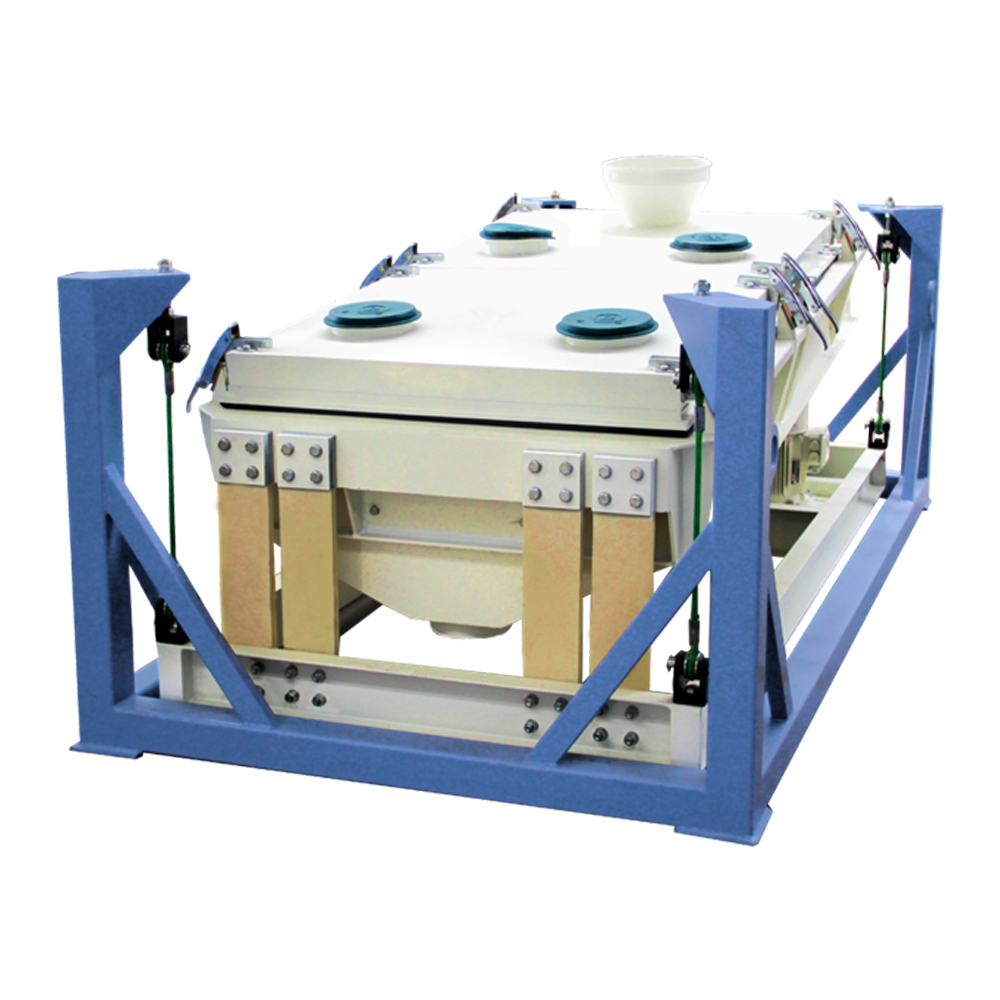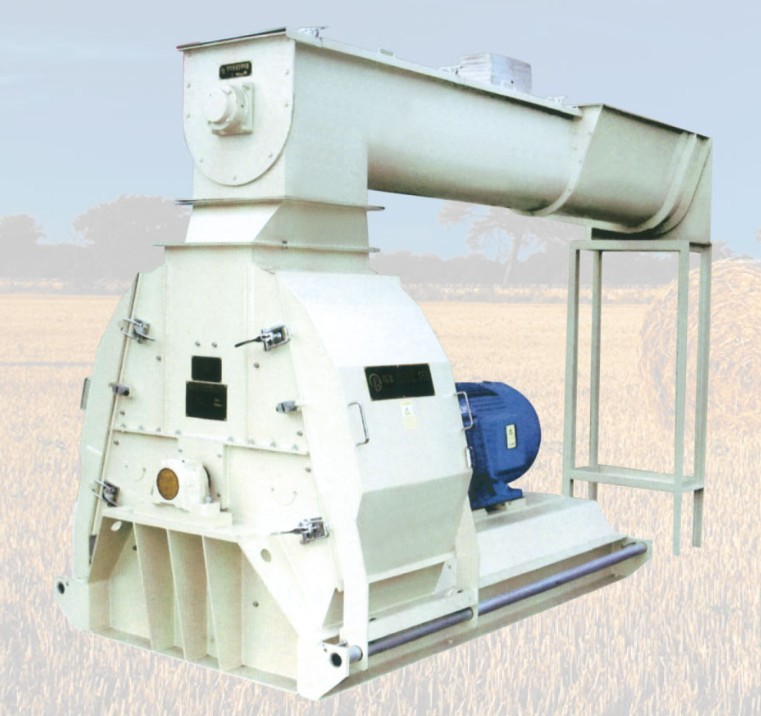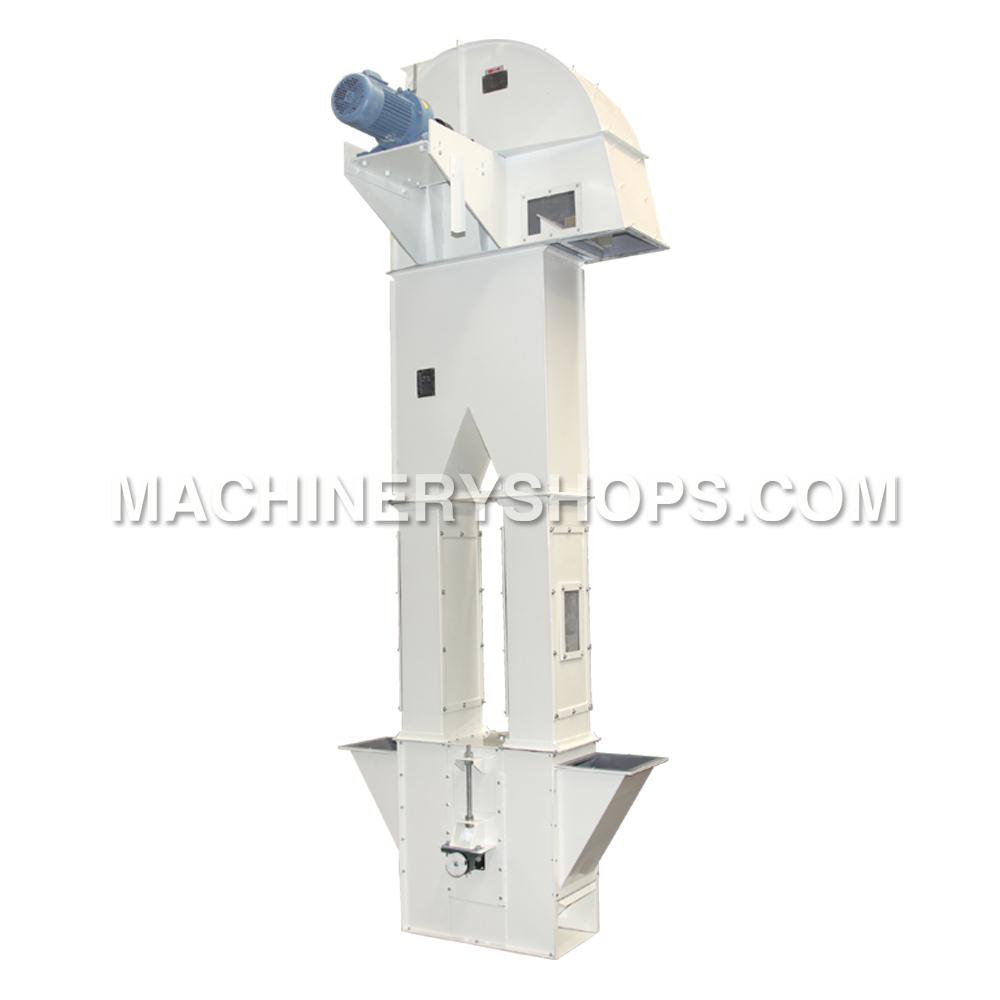Biomass Pelletizing Project
Biomass refers to all organic matter, or in other words, the material that all plants and animals, living or dead, are made-up of. Since plants live and grow they are, by nature, a renewable resource. Wood has been, and contin
ues to be, the most common type of renewable biomass utilized as fuel, but virtually all biomass can be used to generate energy. Muyang pelleting machine preparation systems maximize the effective and efficient reclamation of energy from any lignocellulosic biomass feedstock.

In addition to harvested wood and forestry residues, these feedstocks include energy crops and agricultural residues, as well as biowaste found in commercial, industrial and consumer waste streams. Muyang has built systems that process all of these biomass feedstocks. These systems range from simple to sophisticated. It depends on the composition of the biomass fed into the system and the type of fuel that it is being converted to. Conversion of biomass to biofuel is achieved by methods broadly classified as: thermal, chemical and biochemical. Muyang has experienced in building feedstock prep systems for all of these biofuel conversion methods.
The sustainable management of our biomass resources must play a vital role, if we free ourselves from fossil fuel dependency. Sustainable management of our biomass resources not only refers to growing and harvesting plants in an ecologically sound manner. It also means that the biomass must be converted to biofuel in an effective, efficient, and economically feasible manner.
The pellet machine included in prep systems is determined by the composition of the biomass feeding into the system and the specifications required on the prepared material that will be fed into a particular biofuel conversion technology. Machinery and technologies available from Muyang for biomass conversion prep systems include: Receiving stations, Primary size reduction, Screening, Air classification, Metals separation, Optical sorting, Secondary shredding, Storage, Testing, Metered feeding, Conveying between workstations, and Integrated controls for the entire system. Most systems employ some, but not all of these.
ues to be, the most common type of renewable biomass utilized as fuel, but virtually all biomass can be used to generate energy. Muyang pelleting machine preparation systems maximize the effective and efficient reclamation of energy from any lignocellulosic biomass feedstock.

In addition to harvested wood and forestry residues, these feedstocks include energy crops and agricultural residues, as well as biowaste found in commercial, industrial and consumer waste streams. Muyang has built systems that process all of these biomass feedstocks. These systems range from simple to sophisticated. It depends on the composition of the biomass fed into the system and the type of fuel that it is being converted to. Conversion of biomass to biofuel is achieved by methods broadly classified as: thermal, chemical and biochemical. Muyang has experienced in building feedstock prep systems for all of these biofuel conversion methods.
The sustainable management of our biomass resources must play a vital role, if we free ourselves from fossil fuel dependency. Sustainable management of our biomass resources not only refers to growing and harvesting plants in an ecologically sound manner. It also means that the biomass must be converted to biofuel in an effective, efficient, and economically feasible manner.
The pellet machine included in prep systems is determined by the composition of the biomass feeding into the system and the specifications required on the prepared material that will be fed into a particular biofuel conversion technology. Machinery and technologies available from Muyang for biomass conversion prep systems include: Receiving stations, Primary size reduction, Screening, Air classification, Metals separation, Optical sorting, Secondary shredding, Storage, Testing, Metered feeding, Conveying between workstations, and Integrated controls for the entire system. Most systems employ some, but not all of these.
muyangsales - 3. Dez, 09:02



